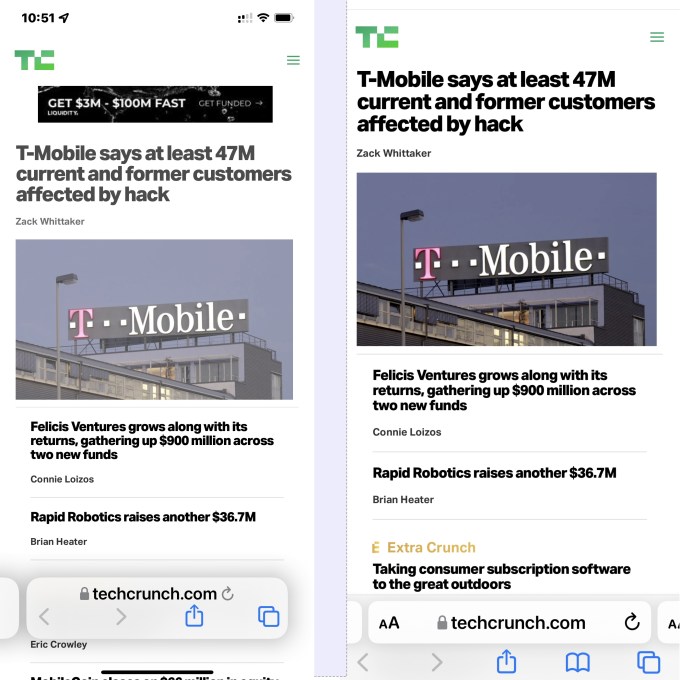News: Dear Sophie: Tips on EB-1A and EB-2 NIW?
I’m on an H-1B in the U.S. I’ve been looking at the EB-1A and EB-2 NIW. I’m not sure if I would qualify for an EB-1A, but since I was born in India, I face a longer wait for an EB-2 NIW. Any tips?
Contributor
Here’s another edition of “Dear Sophie,” the advice column that answers immigration-related questions about working at technology companies.
“Your questions are vital to the spread of knowledge that allows people all over the world to rise above borders and pursue their dreams,” says Sophie Alcorn, a Silicon Valley immigration attorney. “Whether you’re in people ops, a founder or seeking a job in Silicon Valley, I would love to answer your questions in my next column.”
Extra Crunch members receive access to weekly “Dear Sophie” columns; use promo code ALCORN to purchase a one- or two-year subscription for 50% off.
Dear Sophie,
I’m on an H-1B living and working in the U.S. I want to apply for a green card on my own. I’m concerned about only relying on my current employer and I want to be able to easily change jobs or create a startup. I’ve been looking at the EB-1A and EB-2 NIW.
I’m not sure if I would qualify for an EB-1A, but since I was born in India, I face a much longer wait for an EB-2 NIW. Any tips on how to proceed?
— Inventive from India
Dear Inventive,
Thanks for your question. Take a listen to my podcast episode in which I discuss the latest tech immigration news and delve into the benefits and requirements of the EB-1A green card for individuals of extraordinary ability and the EB-2 NIW (National Interest Waiver) green card, which as you know are the main employment-based green cards for which individuals can self-sponsor.
I recommend you consult an experienced immigration attorney who can evaluate your abilities and accomplishments and assess your prospects for each green card. After an initial consultation with new clients, we’re able to provide a lot more detail to folks on their specific options since these are such individualized pathways.
There are some groups of people who might need every advantage. Those can include folks born in India or China, who might face long green card backlogs. Another such group includes people whose skills and accomplishments might be borderline for an EB-1A green card for extraordinary ability. In some cases — if eligible and to have every opportunity for green card security and to mitigate wait times as much as possible — our clients choose to file both the EB-1A and EB-2 NIW in parallel.

Image Credits: Joanna Buniak / Sophie Alcorn (opens in a new window)
The EB-1A is the highest priority green card and the standard for qualifying is much higher than for the EB-2 NIW. And that means an EB-1A is typically quicker to get, which is particularly the case now: According to the August 2021 Visa Bulletin, there is no wait for an EB-1A green card regardless of country of birth, while only individuals who were born in India and have a priority date of June 1, 2011 or earlier can proceed with their EB-2 NIW petition.
Please remember that the Visa Bulletin fluctuates and changes every month. Also, the EB-1A is currently eligible for premium processing on the I-140. Although there is talk to add this option to the EB-2 NIW one day, premium processing is not available for EB-2 NIW I-140s yet.





